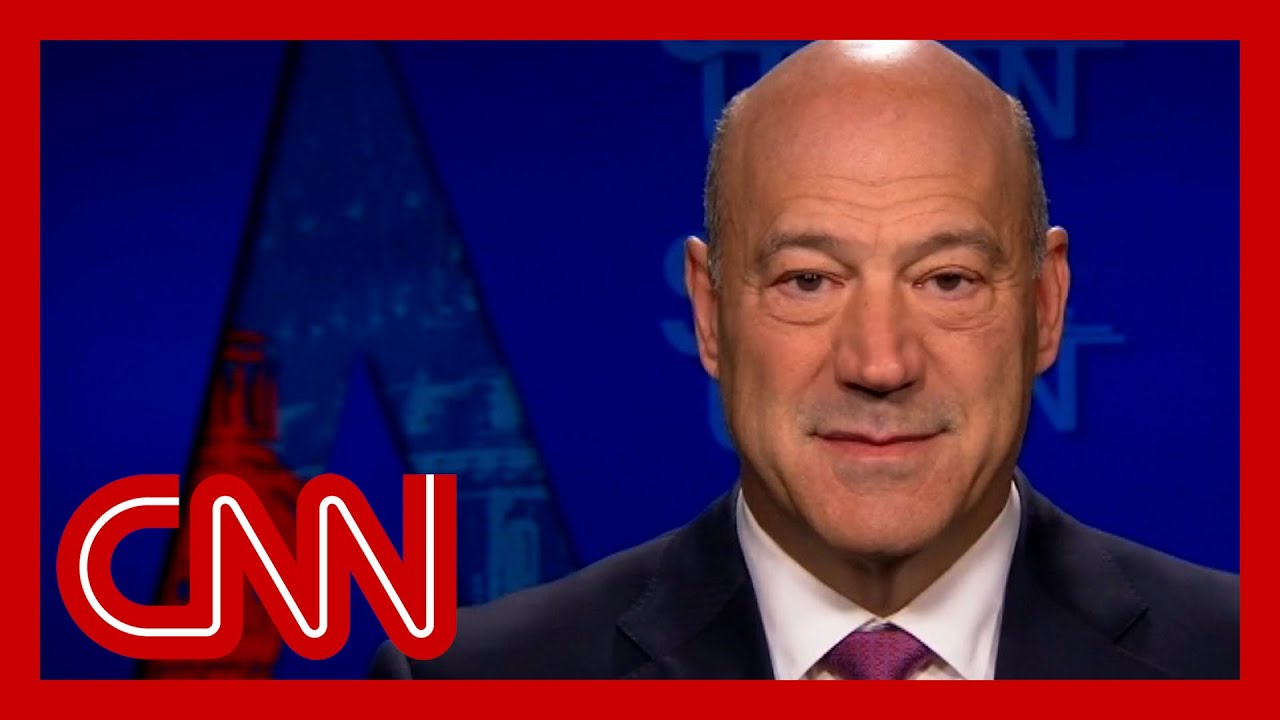Expert Advises All Depositors To Get Their Money Out Of Collapsed Bank
Unleash Your Creative Genius with MuseMind: Your AI-Powered Content Creation Copilot. Try now! 🚀
In the aftermath of the collapse of Silicon Valley Bank (SVP), the market is poised to reopen and face the consequences. This event has become the second largest bank collapse in the history of the United States, leaving investors and analysts scrambling to assess the fallout. As the bank now falls under the control of the Federal Deposit Insurance Corporation (FDIC), Treasury Secretary Janet Yellen is indicating that the government will not be providing a bailout. This situation raises questions about where it all went wrong and what the right response should be.
The Traditional Bank Run and Liquidity Issues
To understand the current situation, we must first recognize that what we are witnessing is a typical bank run. Depositors are attempting to withdraw their savings from SVP, causing a liquidity crisis within the bank. Banks, in their very nature, operate by taking in deposits and reinvesting them into the economy through various avenues such as mortgages, credit cards, and loans. While banks do hold some funds for daily liquidity, only a small portion of the total deposits typically go out of the bank at any given time.
However, when a bank loses the trust and confidence of its customers, a cascade effect occurs. Customers rush to withdraw their money, exacerbating the liquidity issue. This is precisely what has unfolded in Silicon Valley Bank, where the need to withdraw funds has compounded. The bank now finds itself unable to satisfy the demands of its customers and allow them to withdraw their money.
Protecting Depositors and Ensuring Stability
When considering the appropriate response, it is crucial to note that depositors are generally protected under the FDIC in the United States. The FDIC provides insurance for deposits up to $250,000. It is important to advocate for the depositors to be able to access their funds and for the banking system to fulfill its obligations to its customers. Throughout history, the United States has placed a strong emphasis on ensuring depositors receive back 100% of their money in the event of a bank collapse. Exceptions to this rule have occurred only in extreme cases involving fraudulent activities or harm done to shareholders. Silicon Valley Bank, however, is a normally functioning bank that should be able to honor its depositors' accounts.
The Importance of Supporting the Banking System
Addressing concerns about the potential cost to taxpayers, it is essential to recognize the crucial role that banking plays in the US economy. Encouraging citizens to keep their money in banks and maintaining a circular economy are of utmost importance. When money flows into banks, it is released into the economy and stimulates consumer spending. In the case of Silicon Valley Bank, while a majority of the deposits may not be insured, the bank facilitated payroll operations for numerous companies. These companies trusted the bank with their funds, which would then be distributed to hardworking Americans as their salaries. If the bank were to fail, these companies would be left without the necessary capital to pay their employees. This scenario is undesirable and goes against the goal of preserving the stability of the banking system.
Regulators and Their Toolbox
To mitigate the crisis, regulators such as the FDIC are diligently working to evaluate the situation and take appropriate actions. Unlike previous instances, regulators in the present day have a more robust toolbox of measures to address such circumstances. They possess significant discretion and are capable of implementing various strategies to safeguard the banking system. It remains to be seen how regulators will utilize their tools and what decisions they will make regarding Silicon Valley Bank. However, there is cautious optimism that they will act promptly and effectively.
The Impact of Dodd-Frank and Oversight
The debate surrounding the collapse of Silicon Valley Bank inevitably leads to discussions about the role of regulation and oversight. Senator Elizabeth Warren asserts that the rollbacks of regulations implemented through the Dodd-Frank Act and the reduction in oversight and capital requirements contributed to this bank's downfall. On the other hand, some argue that these rollbacks were necessary to encourage smaller banks to enter the market and promote business growth. In the case of Silicon Valley Bank, it is unlikely that the outcome would have been significantly different had those specific regulations remained in place.
Looking Ahead to the Election Cycle
When asked about his stance on former President Trump and the upcoming presidential race, Gary Cohn, the former top economic adviser to Trump and current vice chairman of IBM, emphasized the need to evaluate the candidates and their positions before making any decisions. As the election cycle unfolds, Americans seek alternatives and comprehensive understanding of the candidates and their policies.
In conclusion, the collapse of Silicon Valley Bank and the subsequent market reaction highlight the importance of trust, liquidity management, and protecting depositors in the banking system. While a bank run is a traditional occurrence, the role of proper regulation and oversight cannot be overlooked. As the financial landscape evolves, it is crucial to adapt and equip regulators with the necessary tools to maintain stability and instill confidence in the banking system.
